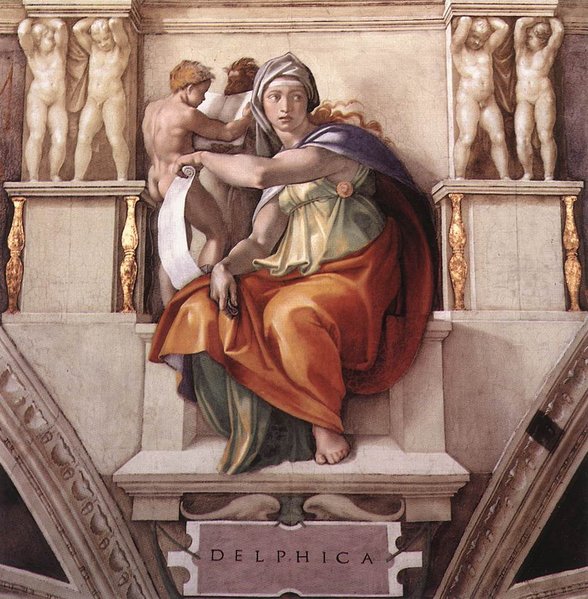 |
| Francis Bacon, Study of George Dyer in a Mirror, 1968 |
I've thought about why I dislike this Bacon so much more than the rest, and I believe it's because of the factions of the painting and the abruptness of it all. His skull has come apart. His face is no more. His body has been painted in an uncomfortable juxtaposition as he is torn between positions. Bacon splashes paint onto his canvas. which only adds to the confusion of the piece separating it from figurative art and abstraction, both categories of his time.
Yet, maybe it is good because what is human cannot be grasped. Instead of making his figures clear and limiting himself, he branches out. The reality in this moment becomes apparent when everything we believe we know fades. The viewer sees the picture for what it really is: ugly, raw, scathing, dirty, alone. Among the chaos, the mirror remains perfectly intact The shape magnifies the disconnect of reflection and reality, the impossible truth that the mirror's image is one of a battered dream.
Like Reservoir Dogs this painting lifts the veil of human nature and exposes the sometimes dark truth behind it. So while I won't be ordering prints of Bacon's portrait, it doesn't mean I haven't gained an affinity towards it. I've come to an understanding and the scene no longer looks so gruesome; instead, it looks so true.
































